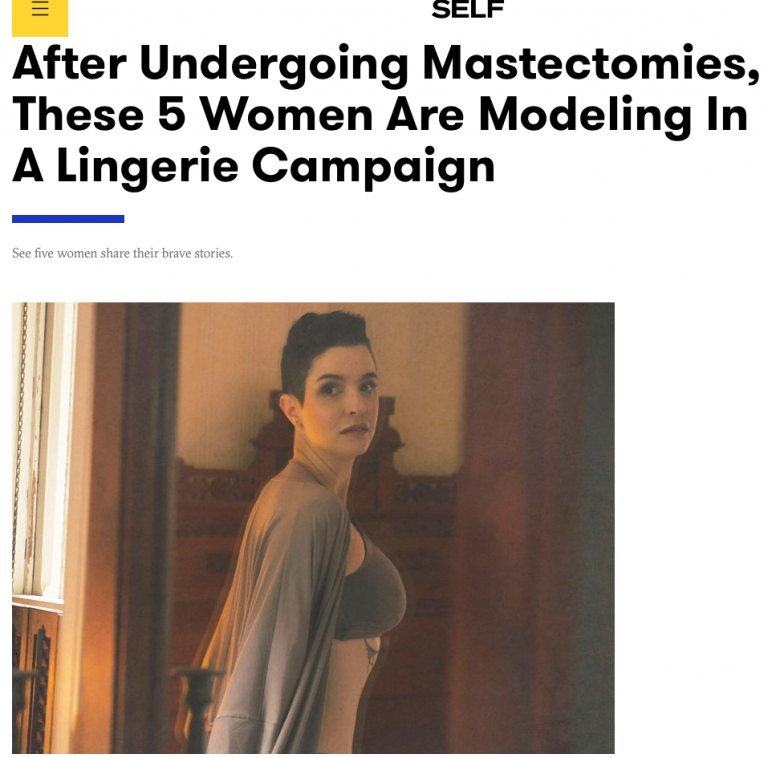My essay, “Learning Curve,” about going flat after breast cancer and how the decision complicated my relationship to fashion is in the March 2017 issue of O, The Oprah Magazine! A big THANK YOU to the editors at O for publishing an essay by an openly queer writer, an essay that pushes against the mainstream narrative of reconstruction.
I’ve been writing for women’s magazines for nearly 20 years and this is the first time I’ve been allowed to be “out” in an article for a women’s glossy. In the past, any reference to my queerness or my same-sex partner would be edited out either for “space” or because “our readers can’t relate.” Thank you Oprah editors for helping to dismantle this barrier in women’s media.
About this essay: the assignment editor asked for personal essays from writers who felt like their sense of personal style (internal) didn’t align with their fashion choices (external). I chose to write about how my flat chest means that I present to the world as a tomboy, even though I feel very feminine on the inside.
Here’s an excerpt from my FLAT pitch:
In the weeks after my surgery, I took to wearing bulky sweaters. My preferred post-mastectomy colors were black and charcoal grey as they best camouflaged “the situation,” a phrase I adopted from the reality show Jersey Shore. In those first few months I tried to shop for new clothes but nothing feminine fit “the situation” because, of course, women’s clothing designers assumed that women have breasts. Material meant to cover a normal woman’s curves would gather and bunch on my chest like two wilted corsages. Tailored tops and jackets with darts were a non-starter. Breast cancer patients in online forums advised women like me, women with misshapen chests, to wear small, busy patterns, such as zigzags, houndstooth, and even tie-dye. A month after my double mastectomy, I took their advice and bought a tie-dyed shirt off the clearance rack at Target in Bloomington, Indiana. I wore it for the rest of the summer.
Here’s a pic of the essay in the magazine.



